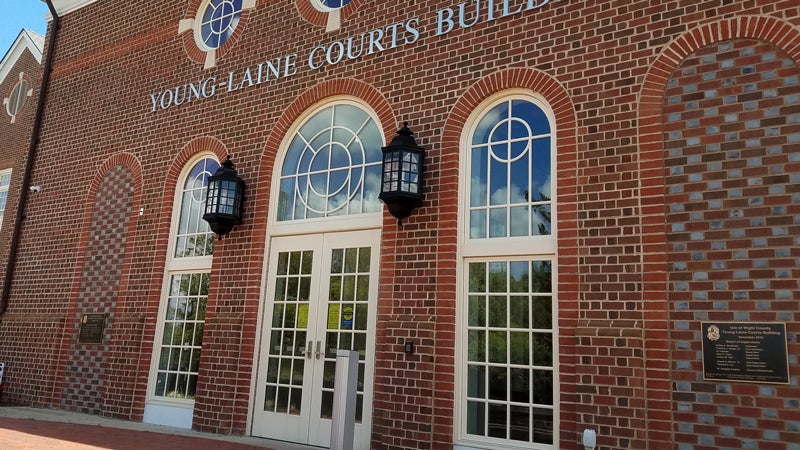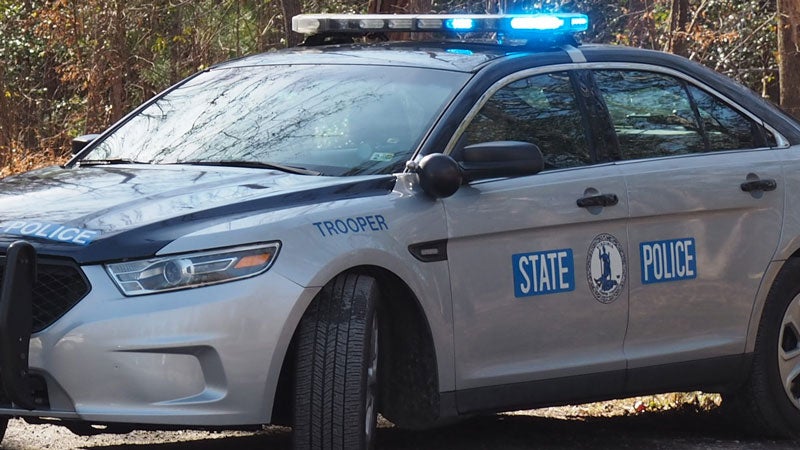Isle of Wight talks borrowing $7 million for Carrollton Elementary HVAC replacement
Published 1:16 pm Tuesday, September 3, 2024

- Carrollton Elementary School
Funding the replacement of Carrollton Elementary’s heating, ventilation and air-conditioning system will entail Isle of Wight County borrowing just over $7.5 million.
County supervisors, on Aug. 15, discussed three options for financing the debt. A public hearing on a bond issuance is scheduled for the supervisors’ Sept. 19 meeting, which starts at 6 p.m.
The first option would entail a direct bank loan based off the county’s credit rating. To move forward, the county would need to issue a formal request for proposals from banks and the supervisors would then need to select one of the bidders, typically whichever offers the lowest interest rate.
The second option is to borrow through the Virginia Public School Authority, a division of the state treasury that provides financing exclusively for public school projects. According to Jimmy Sanderson, a representative of the county’s financial advising firm, Davenport & Co., the VPSA would issue a pooled bond based on the state’s higher credit rating for multiple applications from school systems and disburse the money as proportionate loans to each applicant.
To pursue this option, Isle of Wight would need to act quickly, as VPSA only does two rounds of financing per year, one in the spring and the other in the fall, Sanderson said. If it did so, funds could be available as early as the end of October.
A third option, Sanderson said, is for the county to do a public sale of its own bonds, which would also be based on the county’s credit rating rather than the state’s.
Under any of the three options, according to Sanderson, the county would likely pay just under 4% in interest. A chart he presented to the supervisors shows the county paying an estimated $540,000 in additional debt payments per year for loans that would range from $10.9 million to $11 million, including principal and interest, through 2045.
“Banks with interest rates the way they’ve been have gotten a little bit more particular in the interest rates that they’ve been charging and we’ve found generally now … across the board that, with very little exception, the public markets are a better way for us to lock in interest rates for a longer period of time than banks,” Sanderson said.
According to Isle of Wight County Schools spokeswoman Lynn Briggs, preliminary design work has already begun on the HVAC replacement, but the actual construction isn’t planned to start until summer 2025.
The supervisors voted in May to allocate just under $33 million in local funding to IWCS for the 2024-25 school year, a $2.7 million or 8% increase over the $30.4 million given last year. The School Board’s $97.2 million total budget, which includes local, state and federal funding, includes an additional $9.5 million transfer from the supervisors for one-time capital expenses, two-thirds of which is earmarked for Carrollton’s HVAC project. The county’s 2024-25 budget proposes to fund the transfer by financing $7.56 million.
County Administrator Randy Keaton also floated the idea of funding the project upfront and borrowing the loan money in the spring to reimburse the county.
“For borrowing money this early, we’re really not going to spend very much of it until the spring and next summer,” Keaton said.
The county’s 2024-25 budget lists debt service payments at $12.8 million or 11.9% of the total $107 million allocated to Isle of Wight’s General Fund.
According to Keaton, county policy dictates Isle of Wight keep its total debt at or under 4% of the assessed value of all taxable property. Currently, the county is at 2 1/2%, he said.
Carrollton’s HVAC issues date back to the school’s 1993 construction. Deputy Superintendent Christopher Coleman told the supervisors last year that Carrollton was designed with a four-pipe system linking its boilers and chillers, which at one point narrows to two, resulting in fluctuations in temperatures between classrooms and corridors. IWCS used a $1 million federal HVAC grant in 2022 to replace leaky pipes, but the issues persisted.





